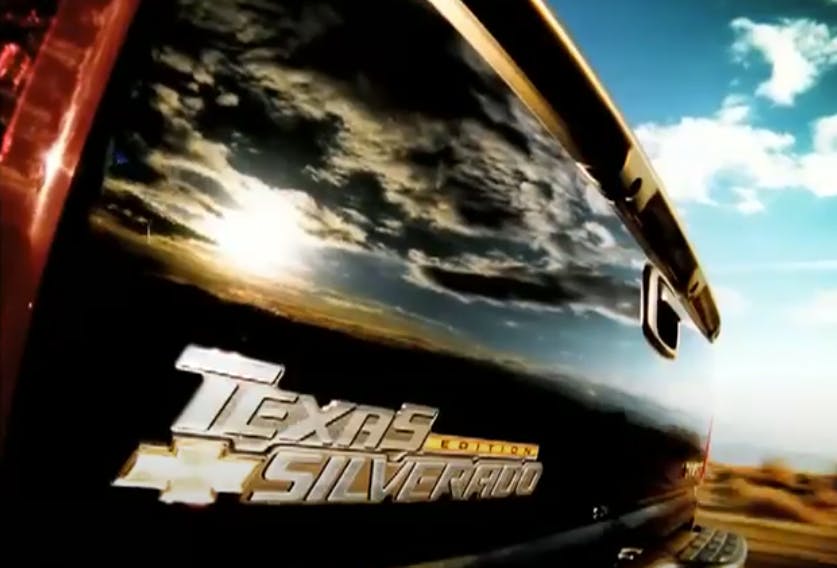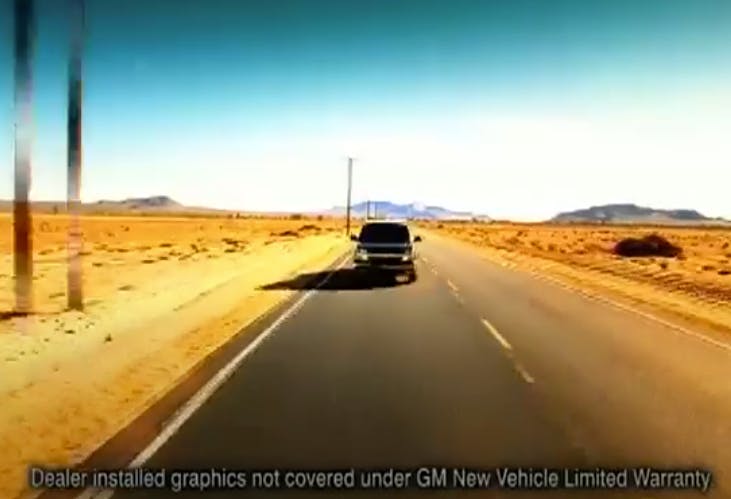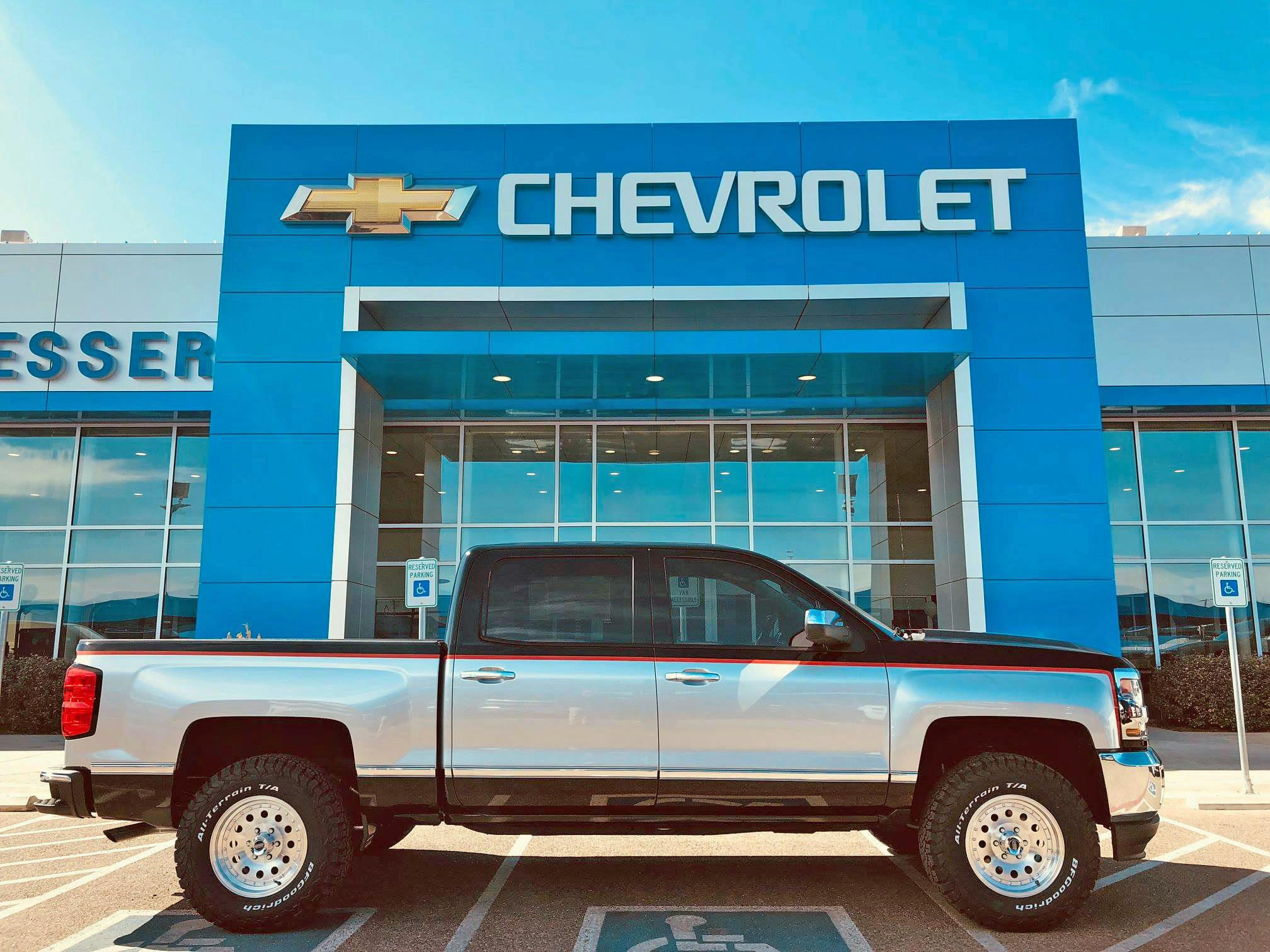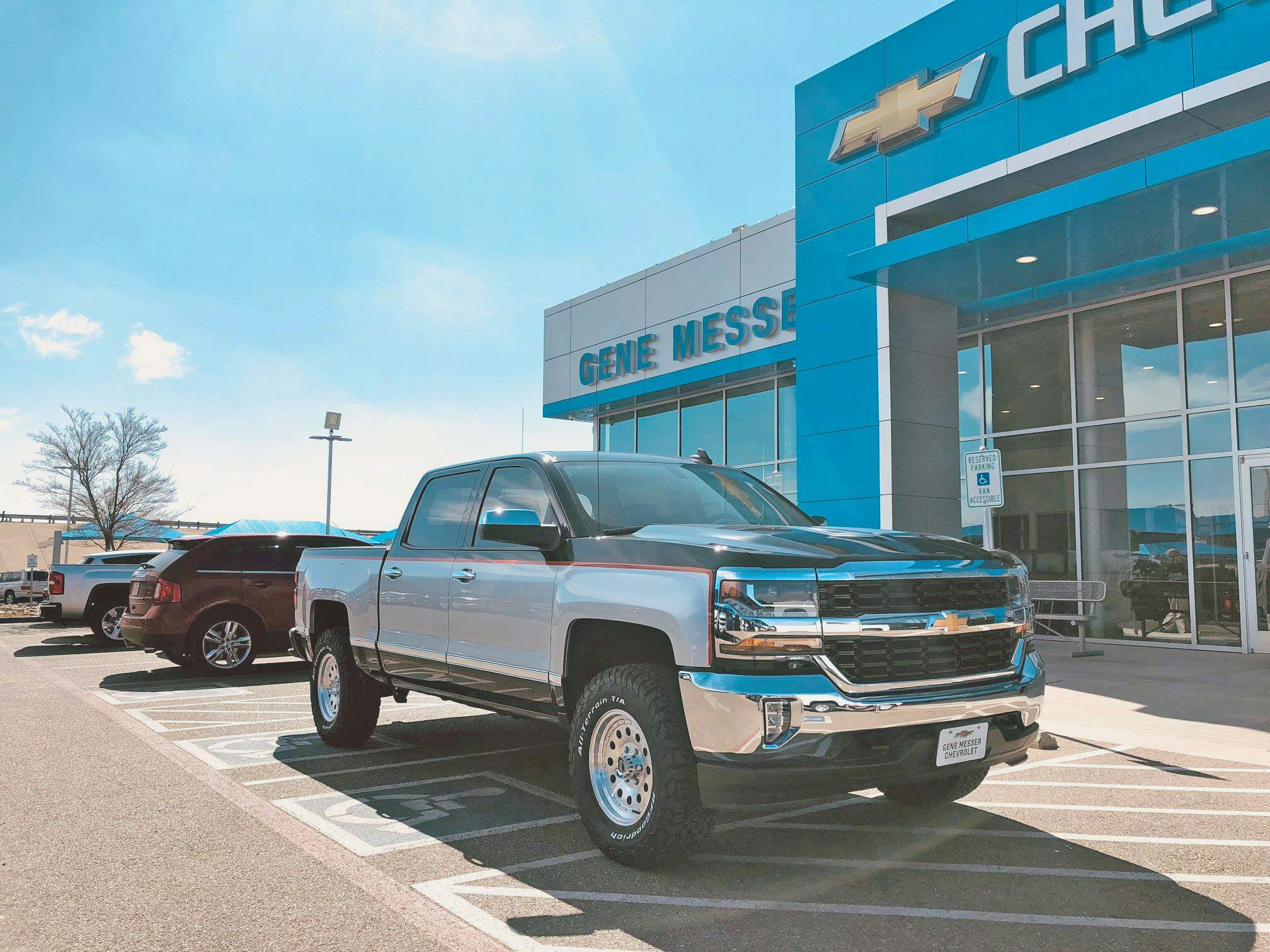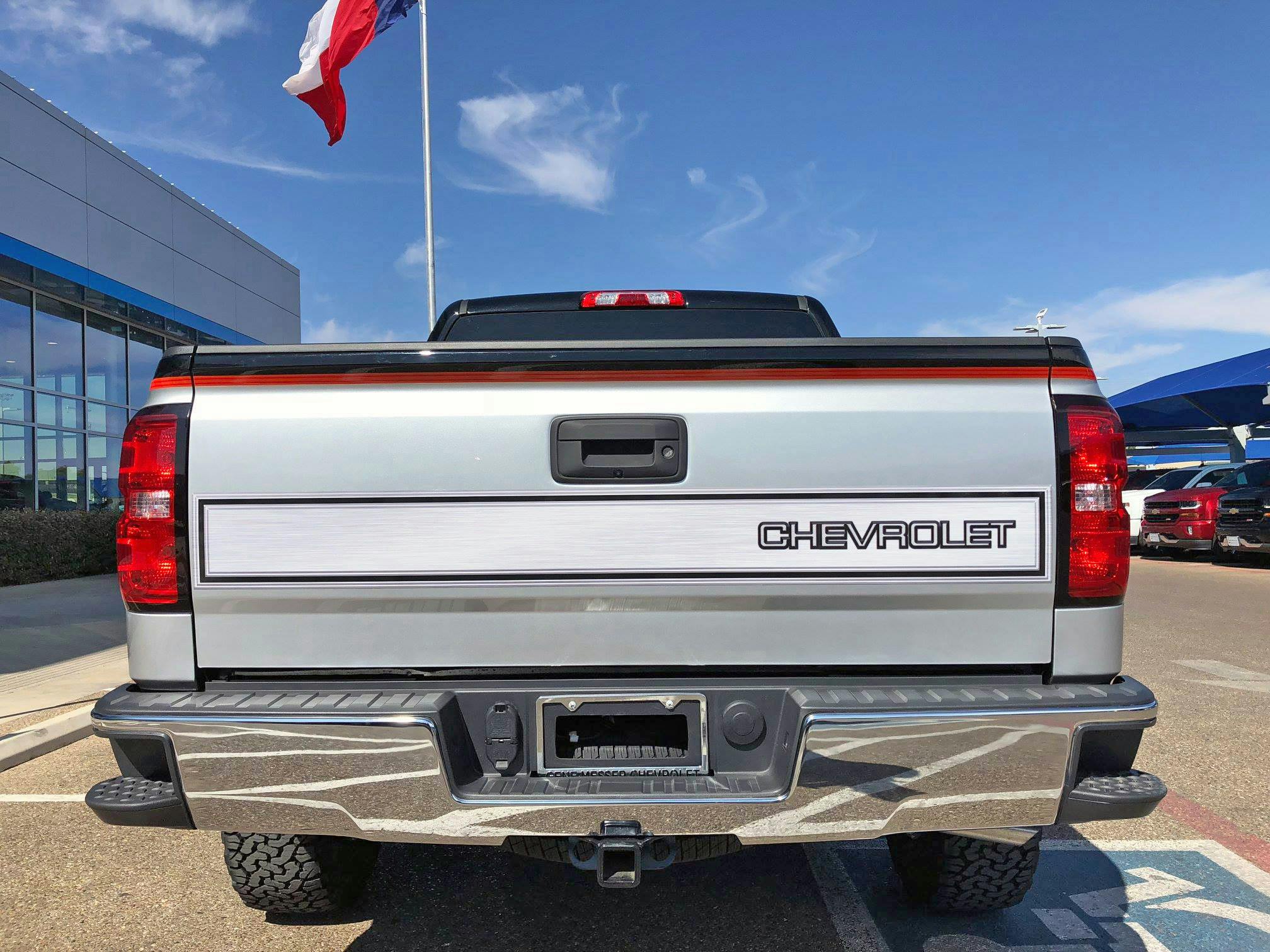Vellum Venom Vignette: How the three tiers of automotive marketing impact design
Automotive designers are keenly aware of the need to work around an automaker’s business decisions, as our own Adrian Clarke has discussed, but those restrictions don’t necessarily apply equally to every tier down the retail chain. Let me explain.
If you read the automotive news blogs or any enthusiast publication, you are likely well aware of Tier I: automotive manufacturers. They represent the largest, farthest-reaching force in automotive sales and marketing. Tier I designs are often more indicative of trends beyond a single country’s borders. Their designs reflect the need to appeal to everyone. (Literally everyone around the world at times!)
Nearly all vehicles designed today are intended for car dealerships that buy a manufacturer’s stock. Tier II marketing refers to the association of regional dealers, while the single retail dealer occupies the Tier III level.
Thanks to the availability of aftermarket and OEM parts upgrades, the oft-neglected Tier II and Tier III can influence a fair number of modifications to a car before a customers actually gets to see it. And my goodness, can they ever do a lot to a truck!
If you listen closely to TV/YouTube commercials, or look at the Facebook pages serving you localized automotive promotions, Tier II’s role in automotive marketing becomes more clear. Just watch this IROC-Z commercial, pay attention to the end, and see who’s footing the bill for Michael Jordan. These ads are beyond the financial scope of a single dealership, so dealers work together as a regional collective to battle other brands in the same location. While Tier II operators can’t design a car from scratch, they can throw around their weight in creative ways. Perhaps you’ve heard about the Chevrolet Silverado Texas Edition?
Texas Edition trucks have been covered by media to death in the past decade, but sales show that every automaker can benefit from a truck that panders to Texans. Ford, Chevy, and Toyota go the straightforward “Texas Edition” route, while Ram (Lone Star edition) and Nissan (Texas Titan edition) think a little wordplay is better than pure conformity to a trend.
These rigs are little more than a trim upgrade on a lower-line truck—a bit of dress-up to better resemble the top-dog trim level. Sometimes the bundle of upgrades is discounted in these variants, promoted and sold to buyers looking for bling on a budget. Many of the upgrades go the OEM+ modification route, adding pricer chrome parts (bumpers and wheels) to a more fleet-oriented truck. But sometimes these Tier II jobs add accessories like aftermarket step bars, fancier grilles, Katzkin leather seats, and custom floor mats to the mix. Sometimes these add-ons are blessed by the watchful eye of organizations like Gulf States Toyota. No matter how they are made, a Tier I designer rarely has such leeway to target specific customers.
Ah yes, the fine print. You know you are seeing a Tier II badge job when the badges themselves aren’t even covered by the Tier I warranty for the rest of the truck. Lesser-known examples include Oklahoma Editions and even a “Pure Michigan” edition devised by the Greater Michigan Ford Dealers association.
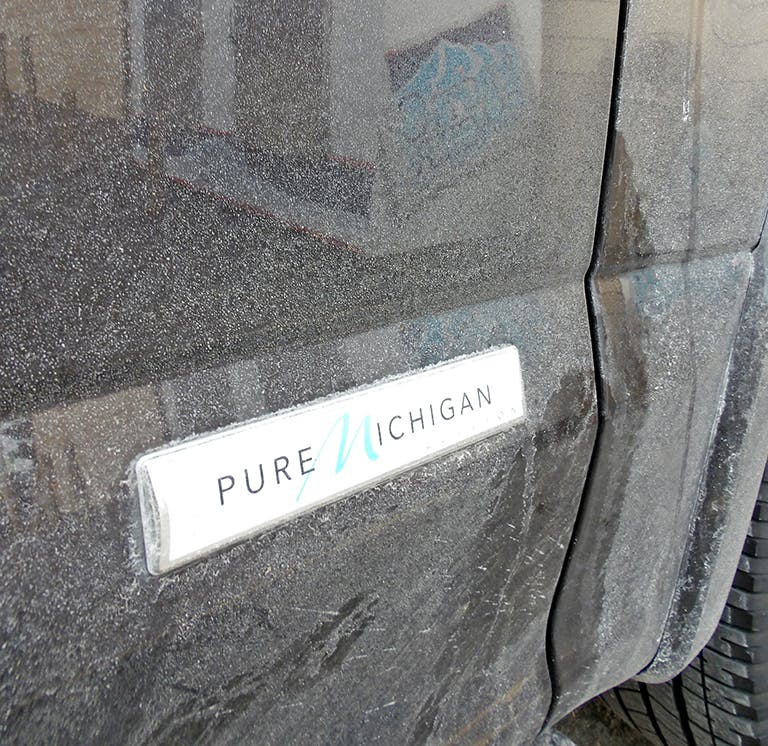
A big shout out to Hagerty reader RG440 for sharing his Pure Michigan Ford F-150 find with me. (Feel free to email me your car design finds, too.)
But sometimes an individual dealership really wants to create a buzz in their Primary Market Area. Or perhaps they insist on differentiating themselves from everyone else in their Tier II group. This is where Tier III automotive marketing comes, and trust me, you know it when you see it. Tier III stuff is usually so offensively ubiquitous in its low-budget brazenness that it needs no further introduction. (We offered some enlightened efforts here and here.)
Tier IIIs often make performance improvements like the good old days of Yenko Chevrolet, witness the supercharged Ford “Lightning” from Pioneer Ford or the Intimidator Camaro above. But this is Vellum Venom, so let’s focus on one particular dealership’s re-styled Chevy Silverado truck.
Perhaps the real car designers among us scoff at the digital ink spilled for a mere re-trim of a Tier I design. But cut-and-dry assessments don’t always sell cars, and sometimes doing a retro Square Body conversion can elevate the brand far better than anything blessed by GM’s Renaissance Center. I reckon many Tier I folks will be green with envy upon inspecting Gene Messer Chevrolet’s creation from four years ago.
Disclosure time: I was tangentially connected to this dealership’s efforts as part of my duties in my prior job, namely I promoted the heck out of it online. That said, “we” didn’t spend a dime of our Tier III marketing dollars, as this custom paint job (no vinyl anywhere except for the retro Chevy tailgate decal) went viral all by itself. The dealership’s general manager made money on the conversion, earned a happy customer, got a ton of foot traffic, and earned thousands of dollars of free advertising to boot. He made two more of these retro Square Body trucks, but the black/silver crew cab with retro dished wheels and BF Goodrich tires really hit the sweet spot. Because who wouldn’t want this Silverado over a stock one in a higher trim level?
It’s possible that Tier III (and Tier II, to a lesser extent) automotive design is never unique or radical enough to earn our collective respect. Fair enough, but like most examples of automotive design, the success of efforts like these are in the eye of the beholder.
And with that, thank you for reading, I hope you have a wonderful day.

